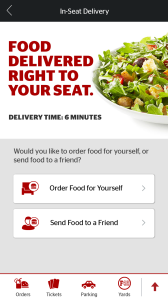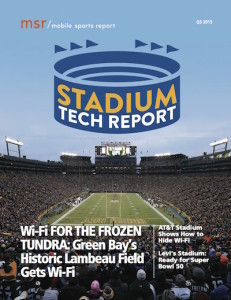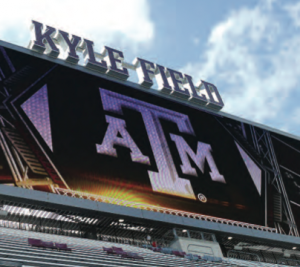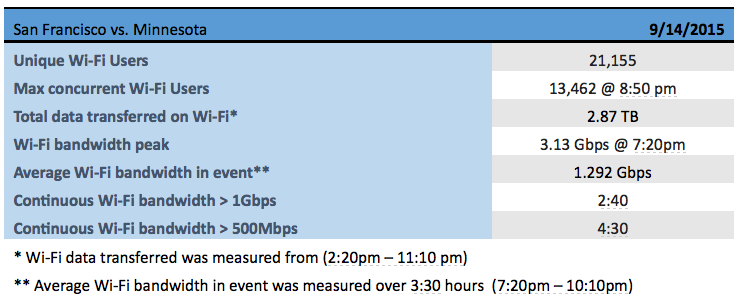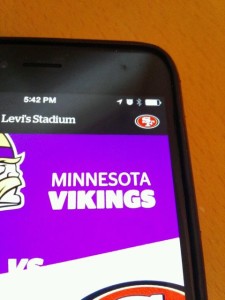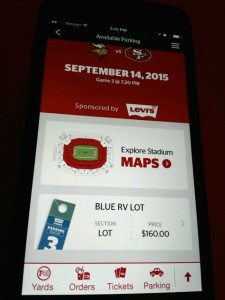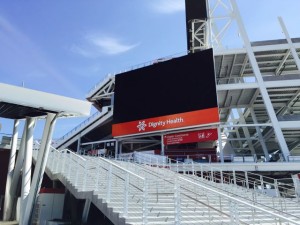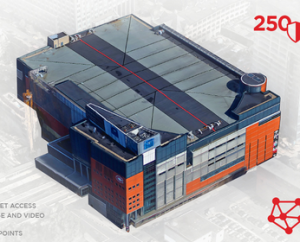 The Montreal Canadiens will have Wi-Fi for fans in the 21,000-seat Bell Centre this season, thanks to a deployment from Avaya.
The Montreal Canadiens will have Wi-Fi for fans in the 21,000-seat Bell Centre this season, thanks to a deployment from Avaya.
We haven’t yet had a chance to speak with the Canadiens’ IT folks, but according to a press release from Avaya the deployment has nearly 500 Wi-Fi access points, “ensuring that visitors get Wi-Fi no matter where they are in the facility.” Any visitors to games this year, please let us know if that connectivity is so!
Looking over the Avaya press materials, it appears that the Bell Centre (CentreBell?) has been a customer of Avaya technology for some time now, as the company said the stadium also uses Avaya’s Fabric Connect at the network core, as well as “an Avaya telephony platform on Avaya Aura Contact Centre.” (Is it only called “contact centre” in Canada?) We’ll keep an eye on the Bell Centre/CentreBell to see if the Avaya team is able to power any new fan engagement features thanks to the new wireless network.
As far as we know, this is the first public confirmation of an Avaya Wi-Fi network in an NHL arena. And while it’s not yet been publicly announced, we know from sources close to the company that Avaya is also behind a new Wi-Fi network at the Pepsi Center in Denver, home of the Colorado Avalanche and Denver Nuggets; more on that deployment coming soon! Of course, Avaya built the Wi-Fi network at the new San Jose Earthquakes’ soccer pitch, Avaya Stadium.
Chargers, Clemson top AT&T DAS stats for Oct. 3-4 weekend
Exciting football games seem to go hand in hand with lots of DAS network usage — at least that seems to be the case after viewing another week of statistics from the folks at AT&T’s stadium DAS department. According to AT&T, fans at San Diego’s Qualcomm Stadium used the most DAS traffic at NFL games the weekend of Oct. 3-4, with 1.130 terabytes of DAS traffic consumed during the Bolts’ 30-27 win over the Cleveland Browns. Remember, these stats are ONLY for AT&T network traffic ONLY at the stadiums where AT&T has a DAS deployment. So there may be other stadiums that have higher DAS stats, but ONLY AT&T sends us DAS data, so… you see the scores we get. New Orleans’ Superdome was second that weekend with 965 GB, followed by Levi’s Stadium in Santa Clara, Calif., where fans at the Niners-Packers game used 835 GB of DAS data (in addition to the 2.12 TB of Wi-Fi data).
On the college side, the orange britches of the Clemson Tigers were successful once again, as Clemson defeated then-No. 6 Notre Dame 24-22 in a nail-biter. Fans at the 81,500-seat Memorial Stadium used a whopping 1.475 TB of wireless data, according to AT&T. In second on the college stats that weekend was Texas A&M’s Kyle Field with another big number, 1.116 TB of data used.
